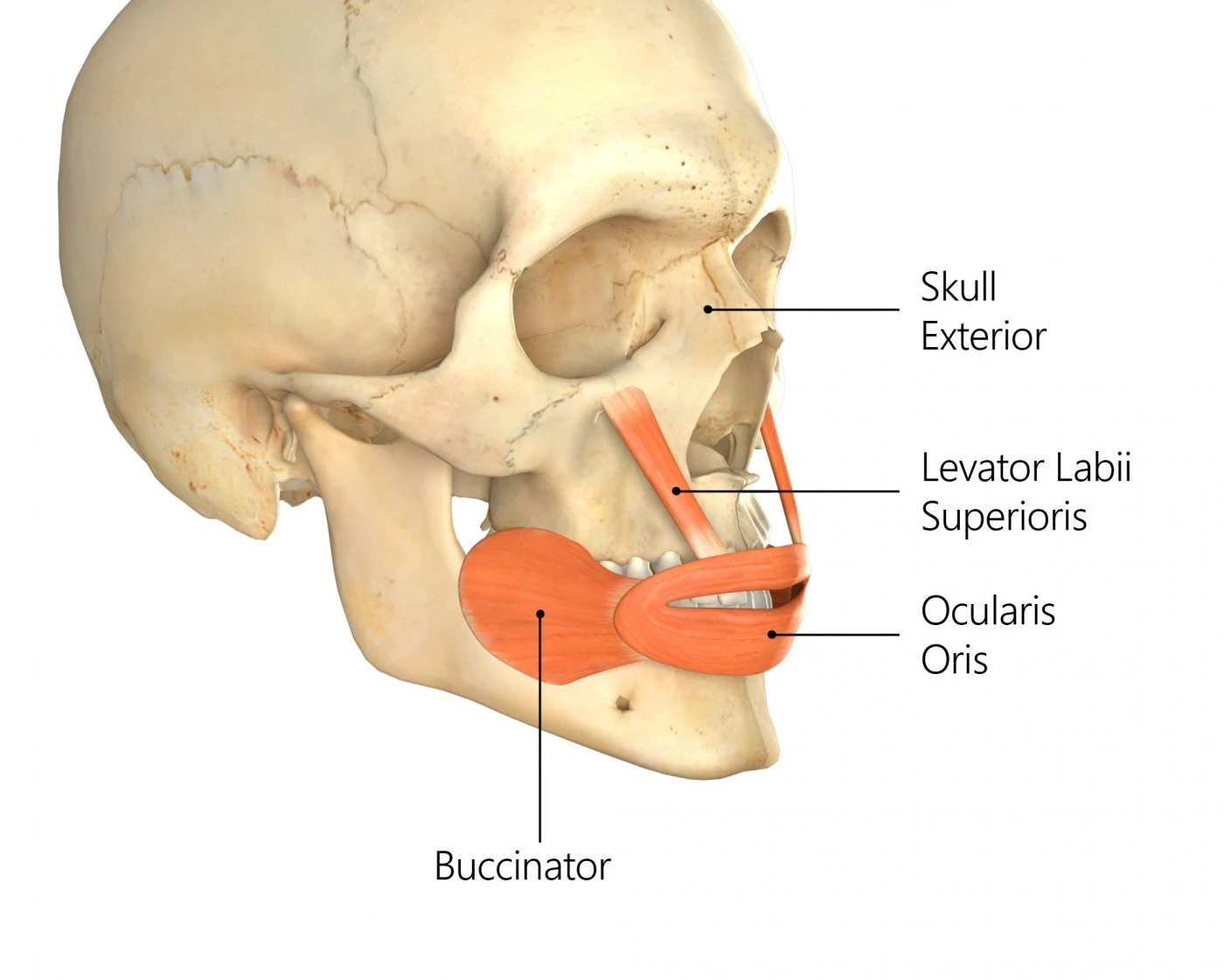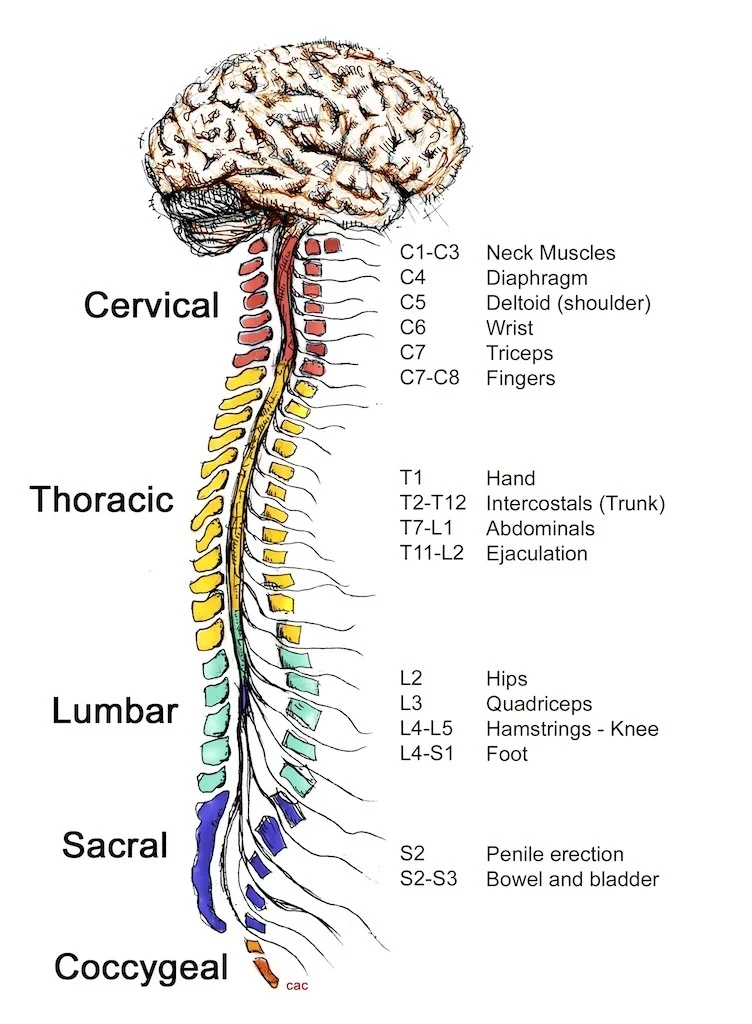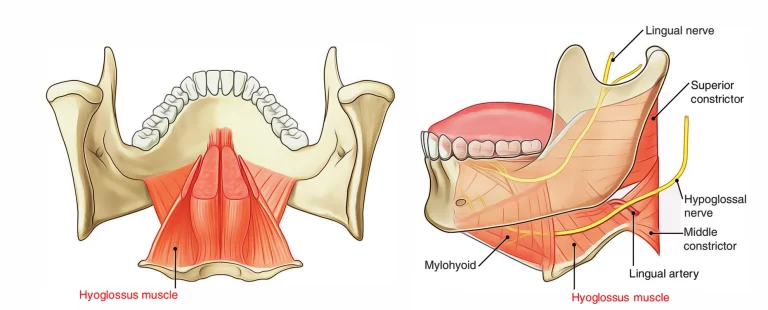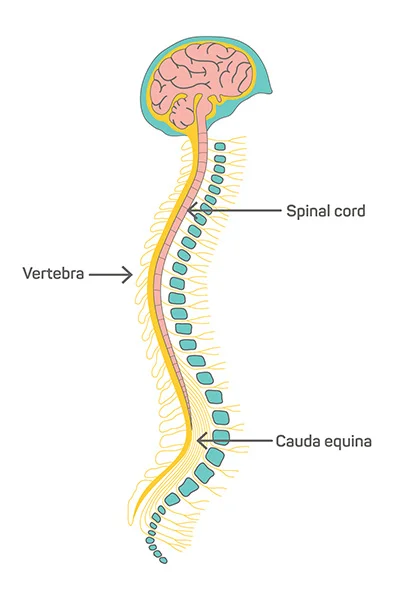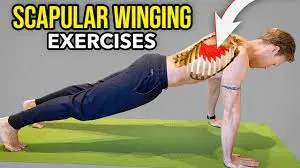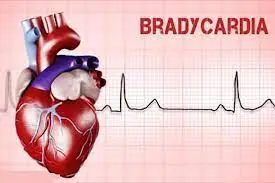Levator labii superioris Muscle
Introduction
The levator labii superioris muscles, also known as the quadratus labii, contribute to facial expression and action of the mouth and upper lip. It courses alongside the lateral aspect of the nose, and its preliminary function is the elevation of the upper lip. It is also implicated in movements such as expressions of disgust, sadness, and disdain, nasal flaring, retching (vomiting), and even to show oral content.
Its origin is on the lateral element of the nose, and it extends laterally towards the zygomatic bone. The levator labii superioris muscles receive their blood supply from the terminal branches of the facial artery and the infraorbital branch of the maxillary artery. The zygomatic branch of the facial nerve (cranial nerve VII) is innervated to the levator labii superioris.
Levator labii superioris is a short and paired triangular muscle of the face. It also belongs to the buccolabial grouping of muscles of facial expression. This is a broad group of muscles, that excluding the levator labii superioris muscle also includes levator labii superioris alaeque nasi, zygomaticus major, zygomaticus minor, levator anguli oris, risorius, depressor labii inferioris, depressor anguli oris, mentalis, orbicularis oris, incisivus superior and inferior, and also buccinator muscles.
Buccolabial muscles function in synergy to control the shape, posture, and movements of the lips. Levator labii superioris muscle contributes to that by elevating the upper lip and therefore revealing the maxillary teeth. By executing this action, the muscle allows producing various facial expressions, such as smiling or disdain.
Embryology
The muscles of the face start to develop between the third and eighth weeks of embryonic development. The muscles arise as a thickening of the mesoderm layer of the second branchial arch. The infraorbital lamina and occipital platysma muscles are the first laminae to develop. Both infraorbital laminae give the upgrade to the levator labii superioris, among many other facial mimetic muscles. Improper development may lead to congenital facial weakness, which most frequently presents with segmental dysfunction corresponding to the affected muscles, in contrast to traumatic or inflammatory facial paralysis, which is considerably often hemifacial.
Origin of Levator labii superioris
Levator labii superioris muscles arise from the zygomatic process of the maxilla and maxillary process of the zygomatic bone, just superior to the infraorbital foramen. It courses inferomedially towards the upper lip, slowly tapering and evolving triangular.
Insertion
It inserts between the levator labii superioris alaeque nasi, orbicularis oris, and zygomaticus minor muscles by integrating with the muscles of the upper lip. One of these is inserted into the greater alar cartilage and skin of the nose; the additional is prolonged into the lateral part of the upper lip, combining with the infraorbital head and also with the orbicularis oris.
The intermediate portion or infraorbital head originates from the lower margin of the orbit immediately beyond the infraorbital foramen, some of its fibers being connected to the maxilla, others to the zygomatic bone. Its fibers converge, to be inserted into the muscular essence of the upper lip between the angular head and the levator anguli oris.
The lateral fibers form the zygomatic head (also known as the zygomaticus minor muscle)arise from the malar surface of the zygomatic bone immediately behind the zygomaticomaxillary suture and pass downward and medial ward to the upper lip
Levator labii superioris supplies the base of a triangular space bounded laterally by the zygomaticus minor and medially by the levator labii superioris alaeque nasi muscle. Lateral and deep to levator labii superioris muscles is the levator anguli oris. These two muscles attached a narrow interval called the infraorbital tissue area (canine space). This space is clinically significant as it is a preferred site for spreading odontogenic infections.
Nerve supply
Levator labii superioris muscles are innervated by the zygomatic and buccal branches of the facial nerve (CN VII).
The zygomatic branch of the facial nerve innervates the levator labii superioris muscles and the other midfacial muscles between the orbicularis oculi and the orbicularis oris, along with subsidies from the buccal branch of the facial nerve. The levator labii superioris muscle and the levator labii superioris alaeque nasi muscle are innervated from their deep surfaces, but the levator anguli oris, just lateral to it, is innervated from its superficial surface.
Blood supply
Vascular supply to the levator labii superioris muscle is provided by the facial artery and infraorbital branch of the maxillary artery.
Function of Levator labii superioris

Together with zygomaticus minor and levator labii superioris alaeque nasi, The Levator labii superioris muscle is a direct tractor of the upper lip. This means that it inserts into the lip directly, thus acting upon it without the use of an intermediary. By contracting, the levator labii superioris muscle allows other buccolabial muscles to elevate and invert the upper lip. This action exposes the maxillary teeth and deepens the nasolabial lines, which have an important role in several facial expressions; smiling, smugness and contempt.
Clinical Significance
There are alternative forms to treat a “gummy smile” or excessive gingival display. Injecting botulinum toxin is an efficacious treatment for patients with excessive gingival show caused by overactive upper lip elevators. This option is a newer technique and is considerably less expensive and traumatizing to patients than performing surgery. The disadvantage of botulinum toxin treatment is that it needs repeat injections, as the drug effect lasts only 3 to 4 months, and it is only useful if a hyperactive upper lip is the causality of the excessive gingival display. Additionally, the infiltration of hyaluronic acid is secure, effective, and long-lasting.
Weakness of the levator labii superioris muscle is numerous often unilateral, but can also present bilaterally, and severity varies from mild paresis to full paralysis. Most generally, it results from damage to the central trunk of the facial nerve or the zygomatic/buccal branch of the facial nerve due to trauma or inflammation, such as Bell’s palsy, Ramsay Hunt syndrome, or Lyme disease. Other causes of facial paralysis contain multiple sclerosis, poliomyelitis, Guillain-Barré syndrome, and SARS-CoV-2 infection, among multiple others. Iatrogenic impairment to the facial nerve can also lead to weakness of the levator labii superioris muscle. Some patients are also born with congenital facial paralysis, in which one or more imitative muscles are atrophic or absent, such as in Möbius syndrome. It is necessary to perform a full neurological examination to determine the cause of the weakness.
As an intriguing side note, levator labii superioris muscle transposition has been described as a treatment for chronic oral maxillary sinus fistulas in horses.
Treatment
Exercises of Levator labii superioris
Facial exercises are extremely important for individuals who have suffered the loss of facial expression due to a stroke or a neurological disorder. Of course, facial exercises are again useful for cosmetic reasons. The Levator labii superioris muscle is primarily accountable for elevating the upper lip. To concentrate on this muscle, stand in front of a mirror so you can see the direction of the exercise. Pucker your lips while getting your upper lip up towards your nose. Hold this position for ten seconds then remove it. Repeat the movement a total of ten times.
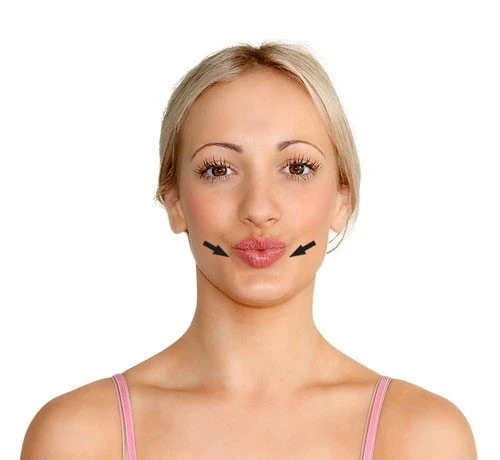
Surgical Considerations
Excessive gingival display, or “gummy smile,” is often generated by hyperactivity of the muscles of the upper lip, including but not restricted to the levator labii superioris muscle. Modification of a gummy smile can be performed in multiple ways, relying on the severity, the case, and the amount of jaw protrusion. If the cause is hyperactivity of the upper lip muscles, myotomy and lip repositioning followed by orthodontic treatment can be an adequate surgical intervention.
Trauma or surgery for cutaneous malignancy can result in soft tissue deficiencies of the nose; a pedicled levator labii superioris alaeque nasi muscle flap has been expressed for the reconstruction of these deficiencies.
Because of the crucial role that the levator labii superioris muscle plays in producing a smile, increasing efforts have been made by facial reanimation surgeons to replace this muscle in addition to the zygomaticus major muscle when attempting to rehabilitate a patient’s smile. Described techniques of reanimating the smile in patients with longstanding flaccid facial paralysis include the use of the sternohyoid and omohyoid muscles, the serratus anterior muscle, and the split gracilis muscle.
FAQ
Where is the levator labii superioris?
Levator labii superioris muscle originates from the maxilla and zygomatic bones merely below the orbit and inserts in the fleshy muscle and dermis of the upper lip. It is comprised of three different heads: angular head, intermediate head, and lateral head.
What is the role of the levator labii superioris Quizlet?
Elevates the upper lip and lower margin of the orbit of the eye, maxilla, and zygomatic bone. Upper lip between the levator angulus oris and levator labii superior alaeque nasi. Elevates and everts the upper lip.
What action does the levator labii superioris do?
The levator labii superioris muscle, also known as the quadratus labii, contributes to the facial expression and action of the mouth and upper lip. It courses alongside the lateral element of the nose, and its primary role is the elevation of the upper lip.
How do you work out levator Labii?
To focus on this muscle, stand in front of a mirror so you can see the motion of the exercise. Pucker your lips while obtaining your upper lip up towards your nose. Maintain this position for ten seconds then release. Repeat the motion a total of ten times.
What is the Elvis lip called?
The levator labii superioris alaeque nasi is a muscle whose primary objective is to dilate the nostrils and elevate the upper lip. This action enables a ‘snarl’ facial expression, made famous by Elvis Presley and earning it the nickname ‘The Elvis Muscle’.

